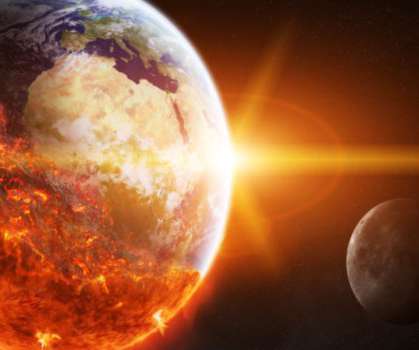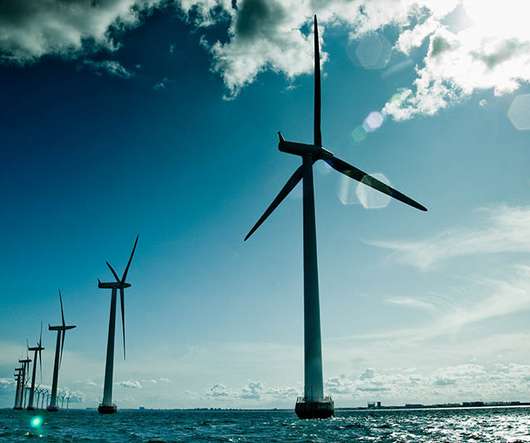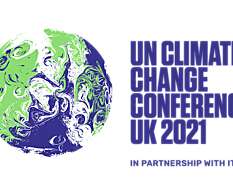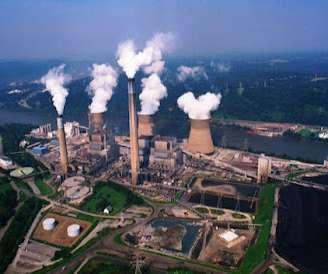Another Historic Climate Court Ruling in the Netherlands
Legal Planet
JUNE 4, 2021
, its district, appellate , and supreme courts decided in favor of Urgenda, an upstart environmental organization, ordering the government to more aggressively reduce greenhouse gas emissions. Environmental Protection Agency (2007) forced the EPA to regulate greenhouse gas emissions. Everyone produces greenhouse gases.






















Let's personalize your content